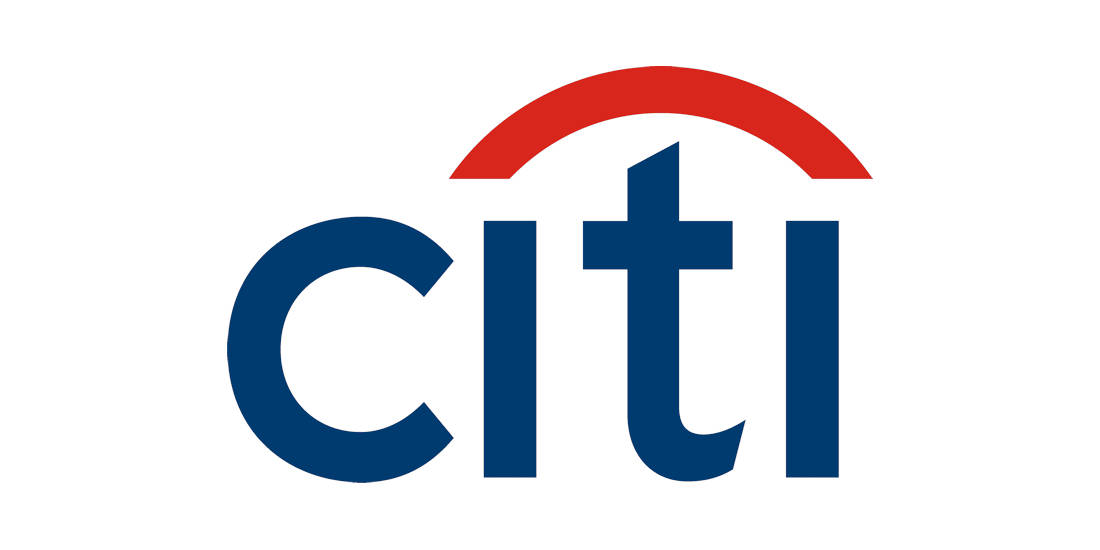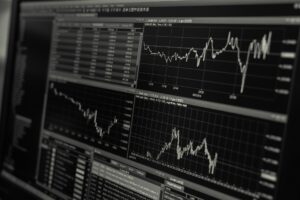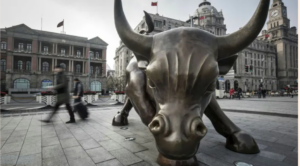“Markets are looking for signs of progress in tariffs talks or evidence of a “Fed put.” With U.S.–China tensions high, we look to the rest of the world to find possible candidates for a first tariff deal. The EU could make use of its anti-coercion instrument (ACI) to gain leverage in negotiations with the U.S. With the U.S. effective tariff rate still at historic levels, China negotiations remain key for markets, but we look elsewhere given how high U.S. –China tensions are. We think Japan and South Korea are the best candidates for a first tariff deal; reaching a deal with the European Union (EU) may prove tougher, with the EU’s anti-coercion instrument (ACI) possibly used as leverage in negotiations. Markets are looking for evidence of signs of progress in tariff talks or evidence of a “Fed put.” The White House’s 90-day pause on reciprocal tariffs for countries that didn’t retaliate against U.S. tariffs gave markets a sigh of relief, but continued escalation between the U.S. and China has markets looking to the U.S. and the rest of the world for hopeful signals, as well as signs that tariff levels are heading lower. As the U.S. bond market struggles to fully normalize, the White House may need to announce some wins on the tariff front.”
Morten W. Langer




